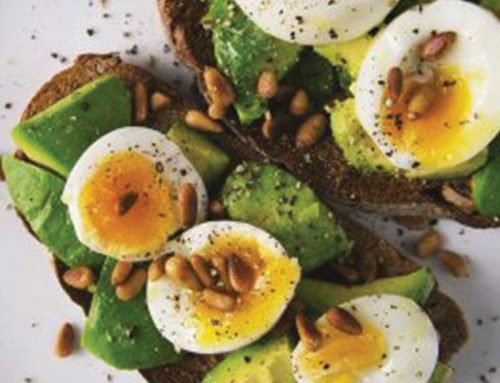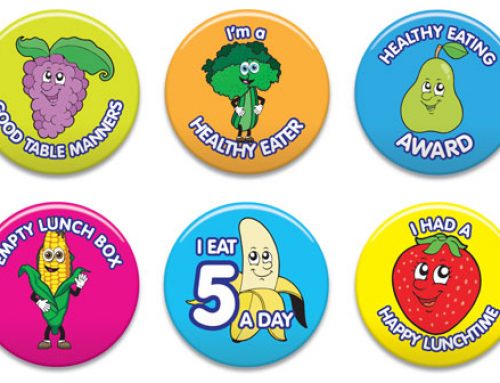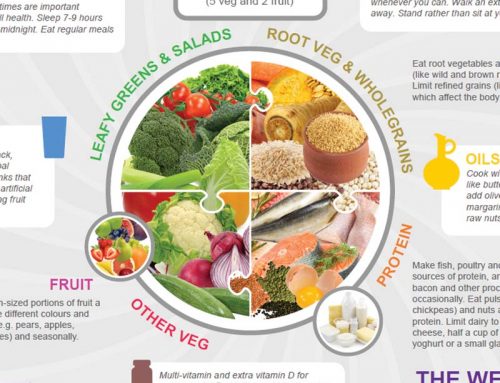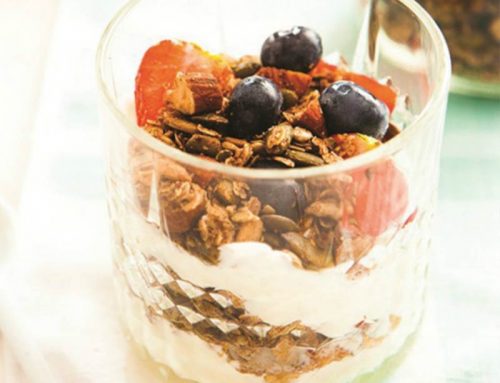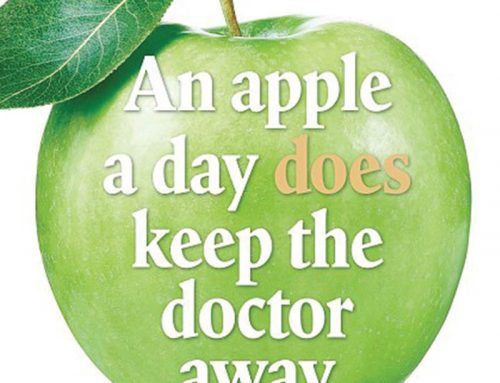How do I know how much sugar is in a food?
On a food label, sugar comes under the heading of carbohydrates. Usually you will see something like ‘Carbohydrate 29g of which sugars 12g’. This tells us how much of the carbohydrate in the product comes from sugar. Example below:
| Typical Composition | 100g contains | Per biscuit |
| Energy | 1972kJ /469kcal |
305kJ /73kcal |
| Protein | 6.5g | 1.0g |
| Carbohydrates | 73.4g | 11.3g |
| Of which sugars | 23.8g | 4.0g |
A really simple and useful way of calculating sugar content is to remember that one teaspoon of sugar weighs four grams. So, in the example above, one biscuit contains one teaspoon of sugar.
Remember: 1tsp of sugar = 4 grams
What constitutes high/low sugar?
< 5g of sugar per 100g = low sugar content
5g – 15g sugar per 100g = medium sugar content
>15g of sugar per 100g = high sugar content
Note Re. Naturally Occurring Sugars
If you’re trying to calculate sugar content on a food label, it’s important to bear in mind that in many cases, not all of what you see is ‘added sugar’. Many foods such as dairy, fruit, vegetables, nuts, beans etc. contain naturally occurring sugars.
Fruit contains naturally occurring sugars in the form of fructose, so for example, a tub of tomato soup may contain 10g sugar per portion, however, half of this is likely to come from naturally occurring sugars from the tomatoes and the remainder is likely ‘added sugar’ which is added by the manufacturer.
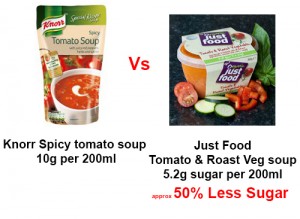 Dairy products like milk, yogurt etc. also contain naturally occurring sugars in the form of lactose which we don’t need to be overly concerned about. When you’re looking at a dairy label, approximately the first 4.7g per 100g/ml will be lactose, the remainder is likely to be added sugar. I recommend you choose dairy products with less than 8g of sugar per 100g.
Dairy products like milk, yogurt etc. also contain naturally occurring sugars in the form of lactose which we don’t need to be overly concerned about. When you’re looking at a dairy label, approximately the first 4.7g per 100g/ml will be lactose, the remainder is likely to be added sugar. I recommend you choose dairy products with less than 8g of sugar per 100g.
So, for example, if you picked up a vanilla flavoured yogurt and it contained 15g of sugar per 100g, you’ll know that only about a third of the sugars present are naturally occurring sugars from the milk, the remainder is added sugar.
Are ingredients listed in any particular order?
You can also learn a lot from just observing the order in which ingredients are listed. All ingredients must be listed in descending order by weight, including added water. So, the ingredient listed first is present in the largest amount and the ingredient listed last is present in the least amount.
This is an easy and quick way to judge a food, so for example, if you buy an oat based cereal, the first ingredient listed should really be oats. Avoid foods where sugars are listed near the top or in a variety of ways.
Should I go by ‘per 100g’ or ‘per portion’?
Both are valuable in different ways. Nutrition labels will tell you how much of each nutrient there is in a single serving of the food and in 100g of the food. Looking at the serving size information will tell you what you will get if you eat one portion e.g. one bowl of cereal.
The ‘per 100g’ part lets you compare two foods which may have different serving sizes (e.g. two different types of cereals) to see which has the most sugar per equal weight.
Keeping it real
Whilst it’s important for your to become more familiar with food labels, it’s of equal importance to remember that we need only worry about them in relation to processed foods. Rather than obsess over the nutritional content between one food pack and the other, you’d be better off sticking to natural whole foods as much as possible. That way you know exactly what you’re getting without having to fuss over food labels.
Elsa Jones is a qualified Nutritional Therapist & Author of the No. 1 Bestseller ‘Goodbye Sugar’.


